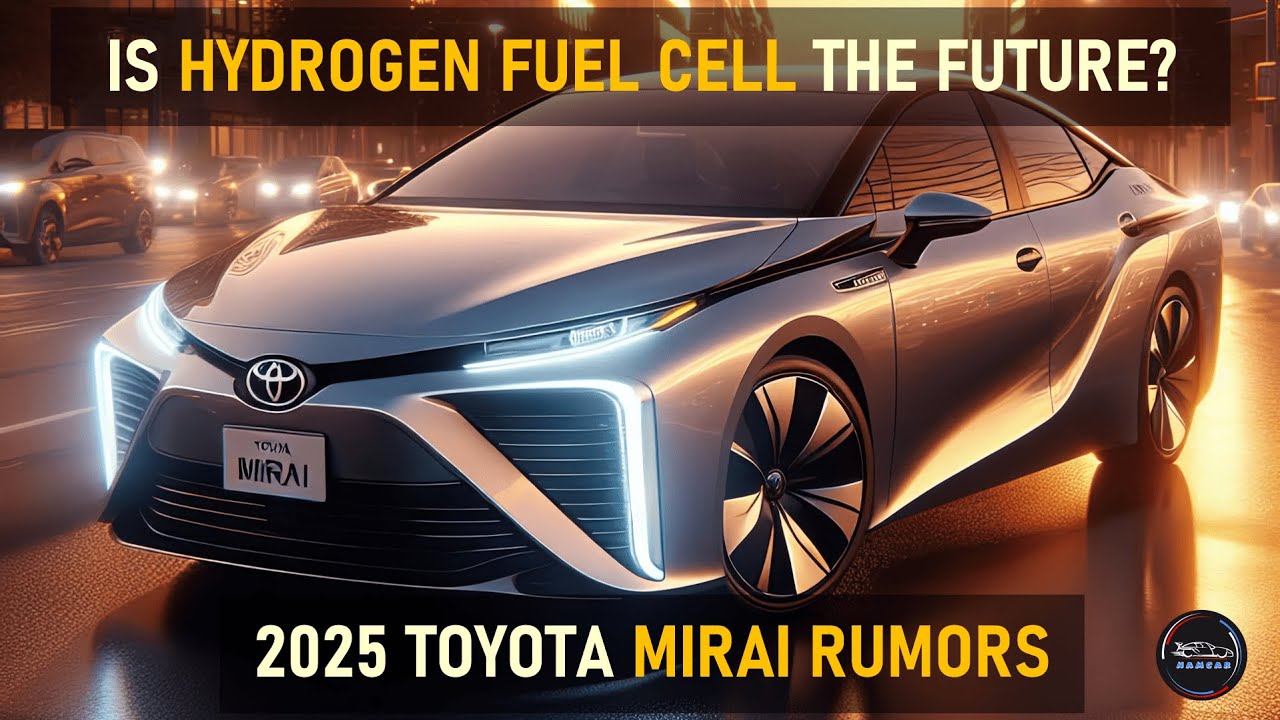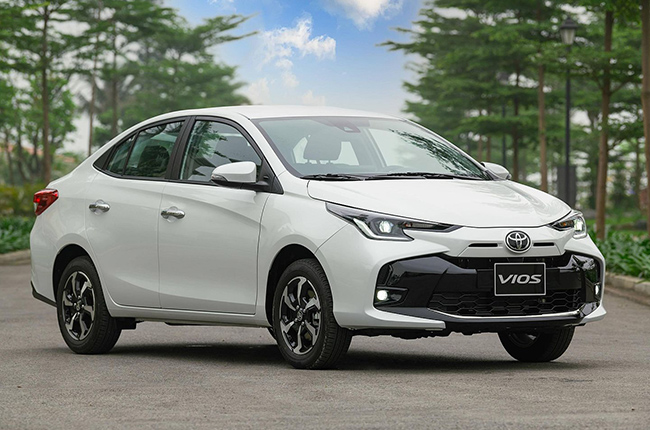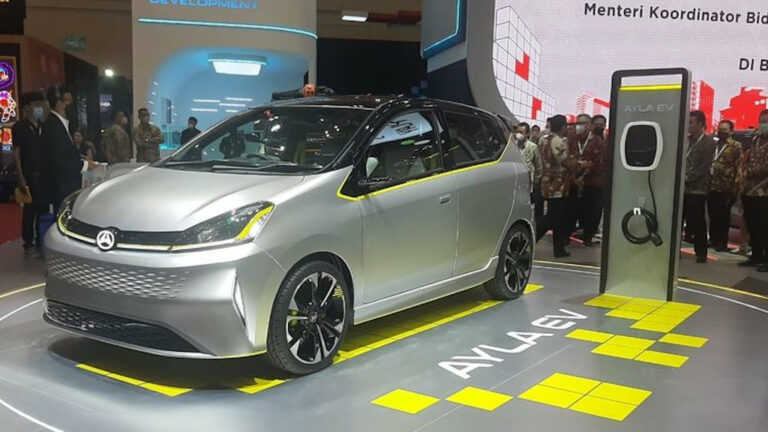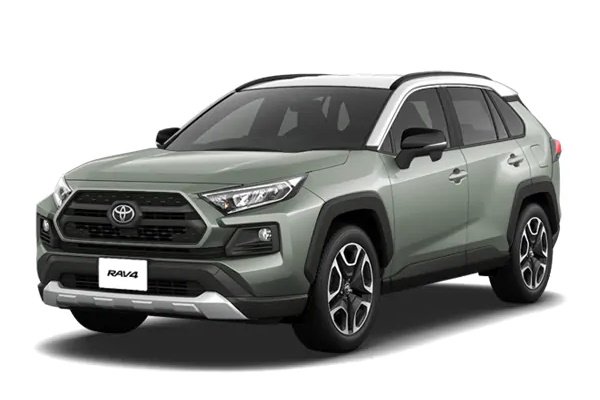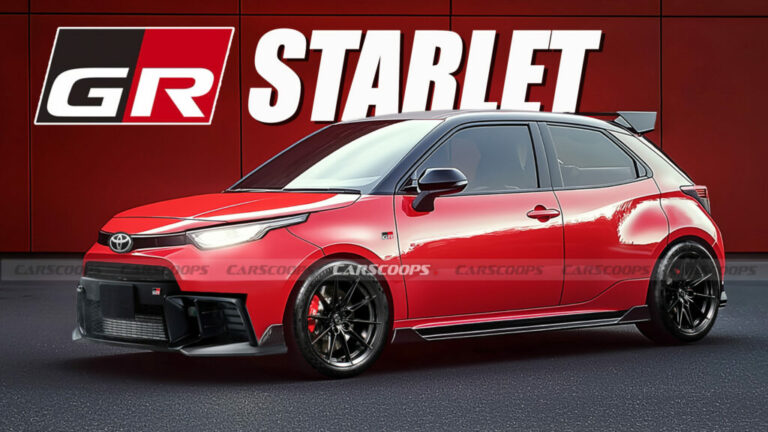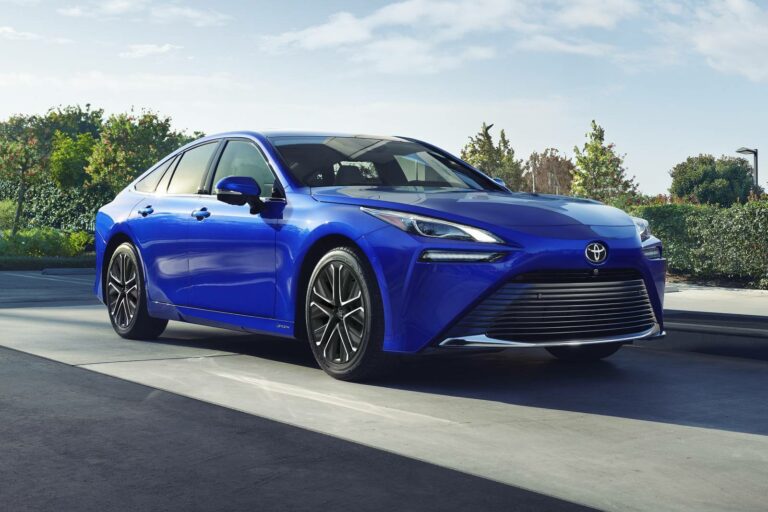Toyota Mirai 2026 Release Date
Toyota Mirai 2026 Release Date

The Toyota Mirai, the world’s first mass-produced hydrogen fuel cell vehicle, is set to release its next generation model in 2026. This release marks a significant milestone in the automotive industry and hydrogen fuel technology.
The Toyota Mirai has been in production since 2014, and has undergone several upgrades and improvements over the years. The 2026 release is expected to be a major overhaul, with a new design, improved performance, and a longer range.
The potential impact of the 2026 Toyota Mirai release on the automotive industry and hydrogen fuel technology is significant. The Mirai has been a pioneer in the hydrogen fuel cell vehicle market, and its success has helped to raise awareness of this technology. The 2026 release is expected to further boost the adoption of hydrogen fuel cell vehicles, and help to make this technology more mainstream.
Key Features and Specifications
The 2026 Toyota Mirai is the third generation of Toyota’s hydrogen fuel cell vehicle. It features a number of key improvements over previous models, including increased performance, range, and efficiency.
Compared to the 2021 Mirai, the 2026 Mirai has a more powerful electric motor, which produces 182 horsepower and 221 lb-ft of torque. This gives the 2026 Mirai a 0-60 mph time of 6.1 seconds, which is 0.9 seconds faster than the 2021 Mirai.
The 2026 Mirai also has a larger hydrogen fuel tank, which gives it a range of up to 400 miles on a single fill-up. This is a significant improvement over the 2021 Mirai, which had a range of 357 miles.
In addition to its improved performance and range, the 2026 Mirai also incorporates a number of new and innovative technologies. These technologies include a new hydrogen fuel cell stack that is more efficient than the previous generation, and a new air conditioning system that uses hydrogen to generate cool air.
Exterior Design
The 2026 Mirai features a sleek and aerodynamic exterior design. The front of the vehicle is dominated by a large grille, which is flanked by sharp LED headlights. The sides of the vehicle are characterized by flowing lines and curves, and the rear of the vehicle features a sloping roofline and LED taillights.
Interior Design
The interior of the 2026 Mirai is spacious and comfortable. The front seats are supportive and offer a good range of adjustment. The rear seats are also spacious, and they offer plenty of legroom and headroom. The dashboard is clean and uncluttered, and it features a large touchscreen display.
Technology
The 2026 Mirai is equipped with a number of advanced technology features. These features include a head-up display, a lane departure warning system, and a blind spot monitoring system. The vehicle also features a variety of infotainment features, including a navigation system, a premium audio system, and Apple CarPlay and Android Auto compatibility.
Design and Styling
The 2026 Toyota Mirai features a striking and futuristic design that sets it apart from other vehicles on the road. Its sleek and aerodynamic silhouette is accentuated by sharp angles and curves, giving it a dynamic and modern appearance. The Mirai’s design is not only visually appealing but also functional, with a focus on aerodynamics to maximize efficiency and reduce drag.
The front of the Mirai is dominated by a large, angular grille that incorporates the Toyota logo and sleek LED headlights. The hood is sculpted with sharp lines that flow into the fenders, creating a muscular and aggressive stance. The side profile of the Mirai is characterized by a sloping roofline and a long, sweeping waistline that gives the car a sleek and sporty appearance. The rear of the Mirai features a unique taillight design that extends across the entire width of the vehicle, creating a distinctive and futuristic look.
Exterior Colors
The 2026 Toyota Mirai will be available in a range of exterior colors, including:
- Supersonic Red
- Celestial Silver
- Graphite
- Blueprint
- Oxygen White
Interior and Technology
The 2026 Toyota Mirai’s interior has been redesigned to provide a more comfortable, convenient, and technologically advanced driving experience. The cabin is spacious and airy, with a clean and modern design. The seats are supportive and comfortable, and the controls are well-placed and easy to use.
The Mirai comes standard with a 12.3-inch touchscreen infotainment system that includes Apple CarPlay and Android Auto compatibility. The system is easy to use and provides access to a variety of features, including navigation, music, and weather. The Mirai also comes with a premium audio system that provides crystal-clear sound.
In terms of safety, the Mirai comes standard with a suite of advanced safety features, including lane departure warning, automatic emergency braking, and adaptive cruise control. The Mirai also has a five-star safety rating from the National Highway Traffic Safety Administration (NHTSA).
Comfort and Convenience
The 2026 Toyota Mirai offers a variety of comfort and convenience features that make it a pleasure to drive. These features include:
- Heated and cooled seats
- A power sunroof
- A heated steering wheel
- A wireless charging pad
- A hands-free liftgate
Technology
The 2026 Toyota Mirai is equipped with a variety of cutting-edge technology that enhances the driving experience and safety. These features include:
- A head-up display that projects important information onto the windshield
- A blind-spot monitoring system that alerts the driver to vehicles in their blind spots
- A rear cross-traffic alert system that warns the driver of vehicles approaching from the side when backing up
- A lane keep assist system that helps the driver stay in their lane
- A traffic sign recognition system that displays the speed limit and other traffic signs on the infotainment screen
Market and Competition

The 2026 Toyota Mirai is poised to enter a growing hydrogen fuel cell vehicle market. With increasing environmental concerns and government support for clean energy initiatives, the demand for hydrogen-powered vehicles is expected to rise in the coming years.
The Mirai will face competition from other hydrogen fuel cell vehicles, such as the Hyundai Nexo and the Honda Clarity Fuel Cell. These vehicles offer similar performance and range to the Mirai, but they may differ in terms of features, price, and availability.
The Mirai’s competitive advantages include its long range, quick refueling time, and advanced safety features. However, it may be more expensive than its competitors and have a limited availability of hydrogen refueling stations.
Key Competitors
– Hyundai Nexo
– Honda Clarity Fuel Cell
Competitive Advantages
– Long range
– Quick refueling time
– Advanced safety features
Competitive Disadvantages
– Higher price
– Limited availability of hydrogen refueling stations
Environmental Impact
The Toyota Mirai is a pioneer in the field of sustainable transportation, offering a glimpse into a cleaner energy future. Its hydrogen fuel cell technology sets it apart as an eco-friendly vehicle, contributing significantly to reducing greenhouse gas emissions and promoting sustainability.
Hydrogen Fuel Cell Technology
The Mirai’s hydrogen fuel cell technology involves a chemical reaction between hydrogen and oxygen, producing electricity to power the vehicle’s electric motor. This process emits only water vapor as a byproduct, eliminating harmful tailpipe emissions such as carbon dioxide (CO2) and nitrogen oxides (NOx). By utilizing hydrogen as a clean fuel source, the Mirai effectively reduces its environmental impact compared to conventional gasoline or diesel-powered vehicles.
Future Prospects
The Toyota Mirai and hydrogen fuel cell technology hold immense potential for shaping the future of transportation and energy. Advancements in hydrogen production, storage, and infrastructure will play a pivotal role in realizing this potential.
Hydrogen Production and Infrastructure
The development of cost-effective and sustainable hydrogen production methods is crucial. Electrolysis, using renewable energy sources like solar and wind, is a promising approach. Additionally, the exploration of hydrogen extraction from fossil fuels, such as natural gas, could supplement renewable sources. Establishing a comprehensive hydrogen fueling infrastructure, with ample stations and distribution networks, will be essential for widespread adoption.
Role in Future Transportation
The Mirai and other hydrogen fuel cell vehicles offer significant advantages over traditional gasoline and diesel-powered vehicles. Their zero-emission operation aligns with the global push for sustainable transportation. As hydrogen production and infrastructure improve, the Mirai will become increasingly competitive, potentially replacing fossil fuel-powered vehicles in various transportation sectors.
Energy Storage and Distribution
Hydrogen’s unique properties make it an ideal energy storage and distribution medium. It can be stored in large quantities and transported over long distances, enabling the creation of a decentralized energy grid. Hydrogen fuel cells can provide reliable backup power during emergencies or renewable energy fluctuations.
Environmental Impact
The adoption of hydrogen fuel cell technology will have a profound environmental impact. Eliminating tailpipe emissions from vehicles will significantly reduce air pollution and contribute to improved public health. Moreover, hydrogen production from renewable sources can further reduce greenhouse gas emissions, supporting the transition to a sustainable energy future.
FAQ Corner
When is the exact release date of the 2026 Toyota Mirai?
Toyota has not yet announced the exact release date for the 2026 Mirai. However, it is expected to be released sometime in 2026.
What are the key differences between the 2026 Mirai and previous models?
The 2026 Mirai is expected to feature a number of significant upgrades compared to previous models, including improved performance, increased range, and enhanced efficiency. It may also incorporate new or innovative technologies that are not available in current Mirai models.
How does the 2026 Mirai compare to other hydrogen fuel cell vehicles on the market?
The 2026 Mirai is expected to be competitive with other hydrogen fuel cell vehicles on the market in terms of performance, range, and efficiency. It may also offer unique features or advantages that set it apart from its rivals.
What are the environmental benefits of the 2026 Toyota Mirai?
The 2026 Toyota Mirai is powered by hydrogen fuel cell technology, which produces zero tailpipe emissions. This means that the Mirai does not contribute to air pollution or climate change.
What is the future of hydrogen fuel cell technology?
Hydrogen fuel cell technology is still in its early stages of development, but it has the potential to play a major role in the future of transportation. Hydrogen fuel cells are clean, efficient, and versatile, and they can be used to power a variety of vehicles, including cars, trucks, and buses.
